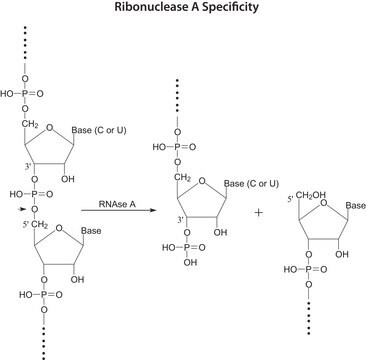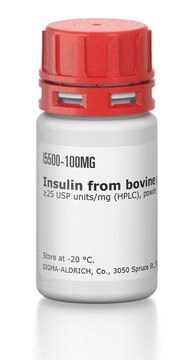E4011
ExtrAvidin®−R-Phycoerythrin
buffered aqueous solution
Synonym(s):
R-Phycoerythrin
About This Item
Recommended Products
conjugate
phycoerythrin (R-PE) conjugate
form
buffered aqueous solution
storage condition
protect from light
extent of labeling
1-4 mol PE per mol ExtrAvidin®
technique(s)
flow cytometry: suitable using human peripheral blood lymphocytes with biotinylated antibody
immunohistochemistry (formalin-fixed, paraffin-embedded sections): 5 μg/mL using human tissues
storage temp.
2-8°C
General description
The extravidin-R-phycoerythrin protein can be conjugated with fluorescein-labelled arylacetamide, a κ opioid ligand and biotin-conjugated anti-fluorescein IgG to identify the subpopulations of thymocytes that express κ opioid receptor. This product has shown specificity for rabbit anti-avidin in immunoelectrophoresis analysis.
Immunogen
Application
- In flow cytometric analysis to confirm membrane expression of ncamp-1 (cationic oligodeoxynucleotide binding protein).
- In indirect immunofluorescence.
- In Western blotting.
Physical form
Legal Information
Disclaimer
Storage Class Code
10 - Combustible liquids
WGK
WGK 2
Flash Point(F)
Not applicable
Flash Point(C)
Not applicable
Certificates of Analysis (COA)
Search for Certificates of Analysis (COA) by entering the products Lot/Batch Number. Lot and Batch Numbers can be found on a product’s label following the words ‘Lot’ or ‘Batch’.
Already Own This Product?
Find documentation for the products that you have recently purchased in the Document Library.
Our team of scientists has experience in all areas of research including Life Science, Material Science, Chemical Synthesis, Chromatography, Analytical and many others.
Contact Technical Service








